
Coffee and tea both make eco-friendly fabric dyes that smell wonderful and are also affordable. The beautiful beige, light brown and orange shades that can be achieved are perfect for reviving a plain white garment! They are also useful for distressing and aging fabric for a costume. This article will demonstrate these natural dyes on white cotton jersey and cotton muslin to show the shades that can be achieved. Additionally, you’ll learn tips on how to get the color to fix using salt and white vinegar. Now let’s talk all about dyeing with tea and coffee!
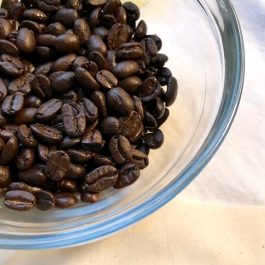
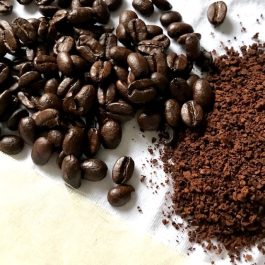
Supplies Used:
Note: The same materials were used for all sample sets except the whole bean coffee, instant coffee, and tea, which were switched out.
- Whole bean coffee dark roast (for grinding / drip machine) – 1/2 cup for that dye bath
- Instant coffee – 1 cup for that dye bath
- Black tea in bags – 25 bags for that dye bath
- Fabric (white cotton jersey and cotton muslin were used as they absorb dye better than synthetic fabrics)
- Paper towels
- Tap water (1 liter of water was used for each dye bath)
- Wooden spoon or utensil
- Pots and heat-proof bowls
- Table salt (1 tablespoon per dye bath, optional but recommended)
- White vinegar (optional)
Whether you are using instant or whole bean/ground coffee or tea, work on a stovetop or other kitchen space as it can be messy. Note: All boiling water handling and dyeing should be done under adult supervision.
Coffee-Dyeing Basics
Light brown and beige colors are easy to achieve with this pantry staple! Interestingly, dye made with regular dark-roast whole bean (or ground) coffee does vary a bit from that made with instant coffee. The instant coffee created a more even effect and was easier to work with in general as much more coffee could be added. The brewed coffee left some uneven marks where the sediment collected. Creating sample swatches are a great way to test out the various effects of the coffee or tea.
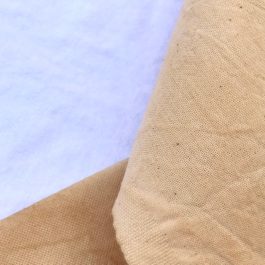
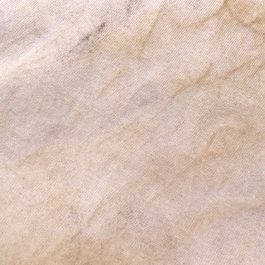
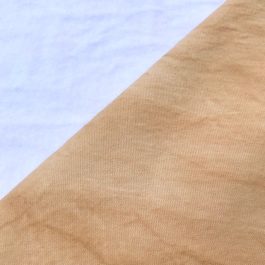
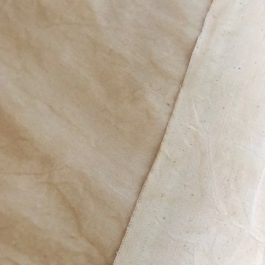
Bring water to a boil in a pot and add the instant coffee (or brew a very strong pot of coffee in your machine!). The dyeing can be done in a pot or in a large heat-proof bowl. Before adding the fabric to the dye bath, pour in the table salt and stir with a wooden spoon. The salt will help the color absorb more effectively.
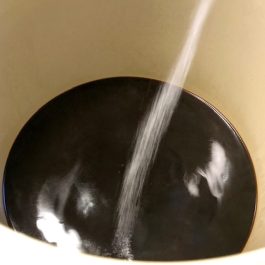
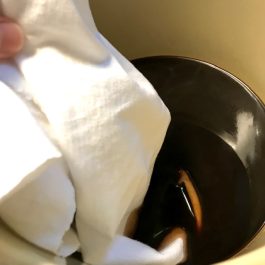
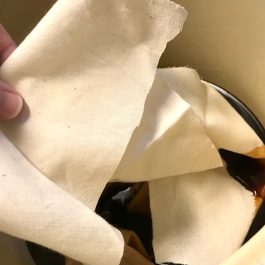
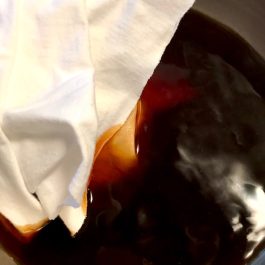
Next, carefully place the fabric in the hot coffee bath and fully submerge it. Cover the pot or bowl with a lid. Allow the cloth to sit in the dye for 20-30 minutes, checking and stirring occasionally. If you’d like the color to be even darker, leave it in for an hour or more (the samples shown here were all dyed for an hour). Keep in mind some dye will come out of the fabric and it will dry lighter than when it’s wet. Once it’s soaked in the coffee for long enough, remove and wring it out, then rinse in cold water until the water runs clear. Allow the fabric to air-dry.
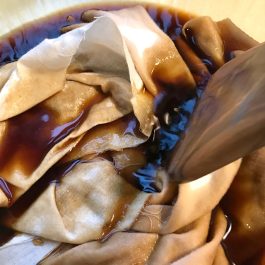
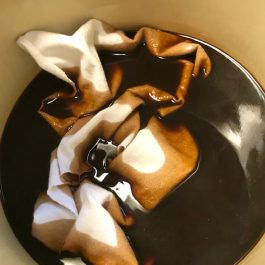
Tea-Dyeing Basics
Much like coffee, tea can also be used to dye fabrics! It creates more of an orange color than the brown and beige of coffee-dyeing. Black tea was used here, but green and other kinds can also make a dye bath that produces a lighter color. The steps to dye material in tea are almost the same as those for working with coffee, except tea leaves must steep in the boiling water before dyeing.
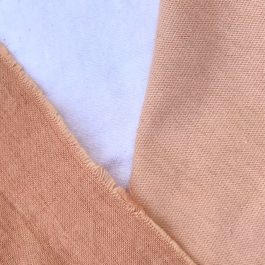
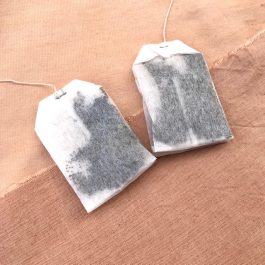
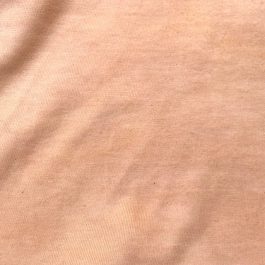
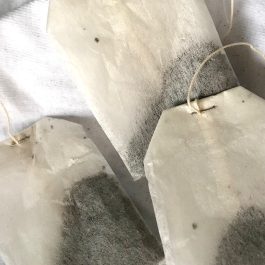
Place a large number of tea bags in a pot (or heat-proof bowl) containing boiling water. Allow them to steep for approximately 15 minutes. When the tea water has become dark in color, strain and remove all of the bags. Add salt, submerge the fabric, soak, rinse, and dry in the same manner as when using the coffee dye above.
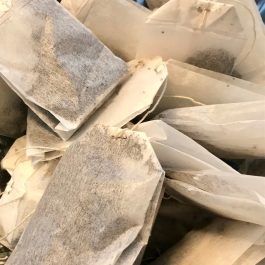
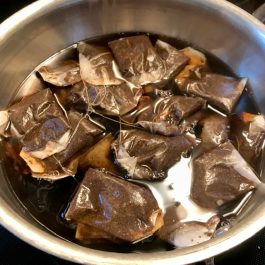
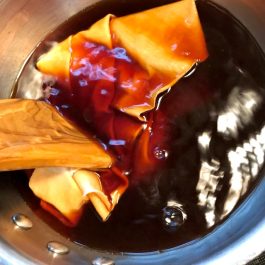
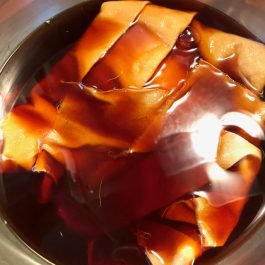
Caring for Dyed Fabrics
Like most dyed fabrics, those that use coffee or tea for color should be worn and washed with care. Wrinkles can be removed with an iron and/ or a short dryer cycle. If you plan to wash the material often in the future, add a bit of white vinegar to the cold-rinsed fabric before letting it dry. The vinegar will help set the color more effectively. It’s recommended to wash tea- and coffee-dyed fabrics by hand (with gentle detergent) and not in a washing machine. This will preserve the color and give you more control over the loss of dye. Always be mindful that some transfer from the coffee or tea onto other materials is possible.
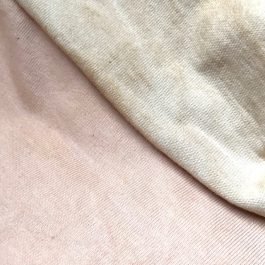
Tea dyed vs. coffee dyed jersey fabric
Have fun experimenting with tea and coffee as a natural dye!
